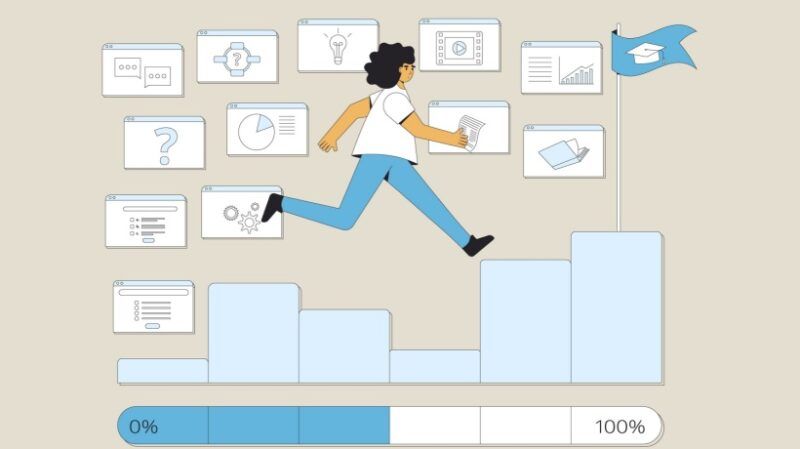
Navigating The Risks Of eLearning Gamification: What Educators Need To Know
In recent years, gamification has revolutionized the world of eLearning, providing educators with a dynamic array of tools to enhance learner engagement. Features like leaderboards, badges, points, and challenges transform traditional eLearning courses into interactive and enjoyable experiences without compromising educational value. However, it’s essential for educators to be aware of the potential risks associated with gamification to maximize its benefits. This article delves into 6 risks of eLearning gamification that educators should address to create a balanced and effective gamified learning environment.
6 Pitfalls Of eLearning Gamification
Poor Design
One risk to consider when implementing eLearning gamification is the impact of design on learning outcomes. Poorly designed gamification experiences can skew towards entertainment rather than learning, creating a mismatch with educational objectives or content. If game elements are too simplistic or overwhelming, learners may lose interest. Outdated gamification design can also give the impression of outdated content, reducing engagement.
Overemphasis On Rewards
While gamification aims to enhance learner motivation with rewards, an overemphasis on extrinsic rewards like points and badges can detract from the intrinsic value of learning. Learners may focus solely on accumulating rewards rather than actively engaging with the content. This can hinder the learning process and lead to superficial interactions with the material.
Increased Stress And Anxiety
Despite its intent to engage learners, gamification can sometimes induce stress. Time-based challenges can pressure learners to rush through content, leading to feelings of frustration and discouragement. Balancing competition and motivation is crucial to prevent creating a stressful learning environment.
Potential Inequalities
eLearning gamification can inadvertently create inequalities among learners, particularly in terms of technological access and learner types. Not all learners may have equal access to gamified content, leading to disparities in performance. High achievers may benefit more from competitive settings, while learners needing additional support may struggle.
Difficulty In Measuring Learning Outcomes
While leaderboards and scores can track progress, they may not capture all aspects of learning effectiveness. It’s essential to align game elements with learning objectives to generate actionable data. Designing for comprehensive assessment methods is crucial to accurately measure learning outcomes.
Security Concerns
Protecting sensitive learner data in gamified eLearning environments is paramount. Ensuring data security and user privacy is vital to prevent unauthorized access and ensure learner confidentiality. Educators must adhere to ethical guidelines and transparent policies to maintain trust and safeguard learner information.
Conclusion
While gamification enhances learner engagement and learning outcomes, it’s essential to navigate potential pitfalls effectively. Educators must understand the intricacies of gamification design to create a successful gamified learning experience. Being mindful of the risks associated with eLearning gamification can help educators deliver engaging and effective online courses while maintaining educational integrity.



